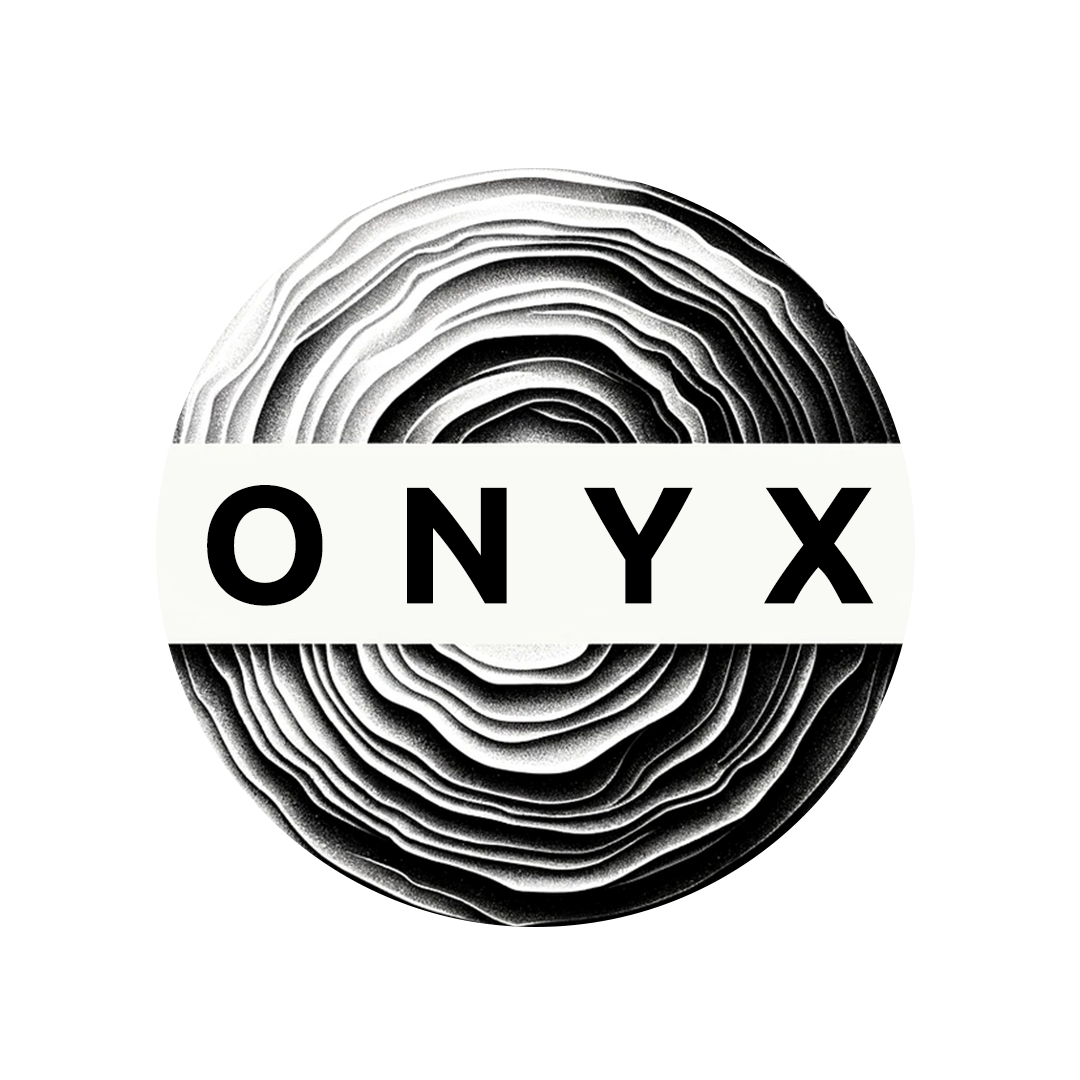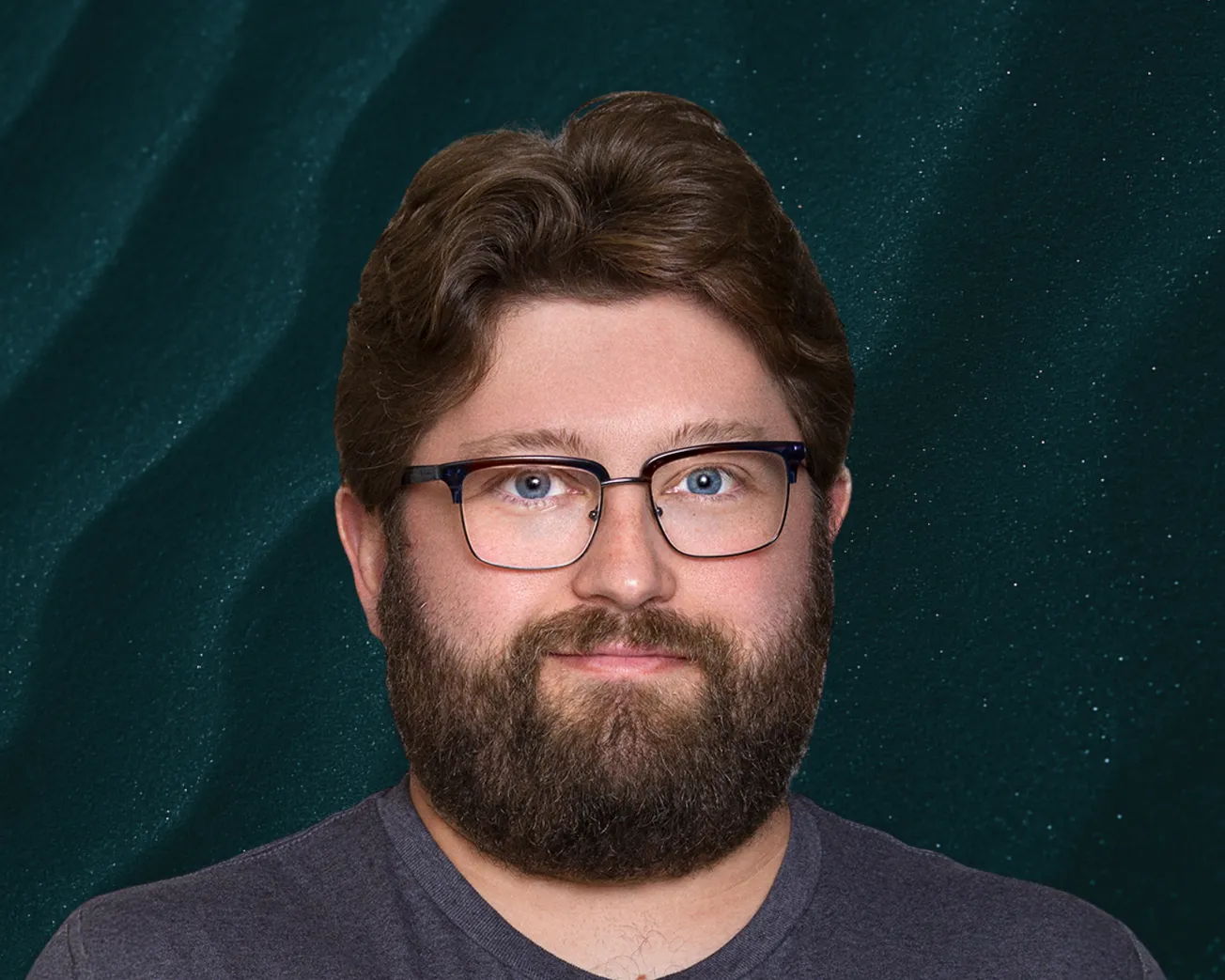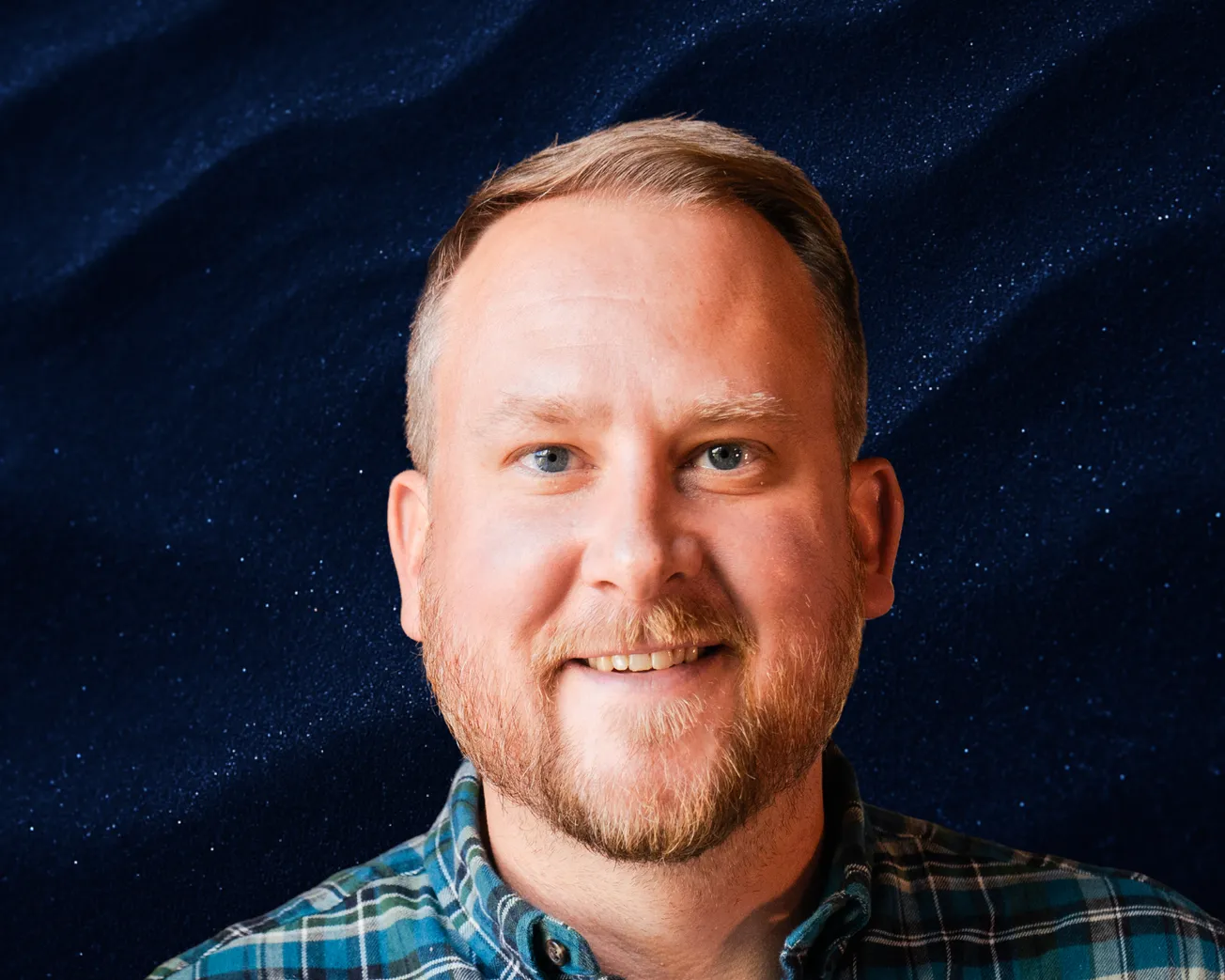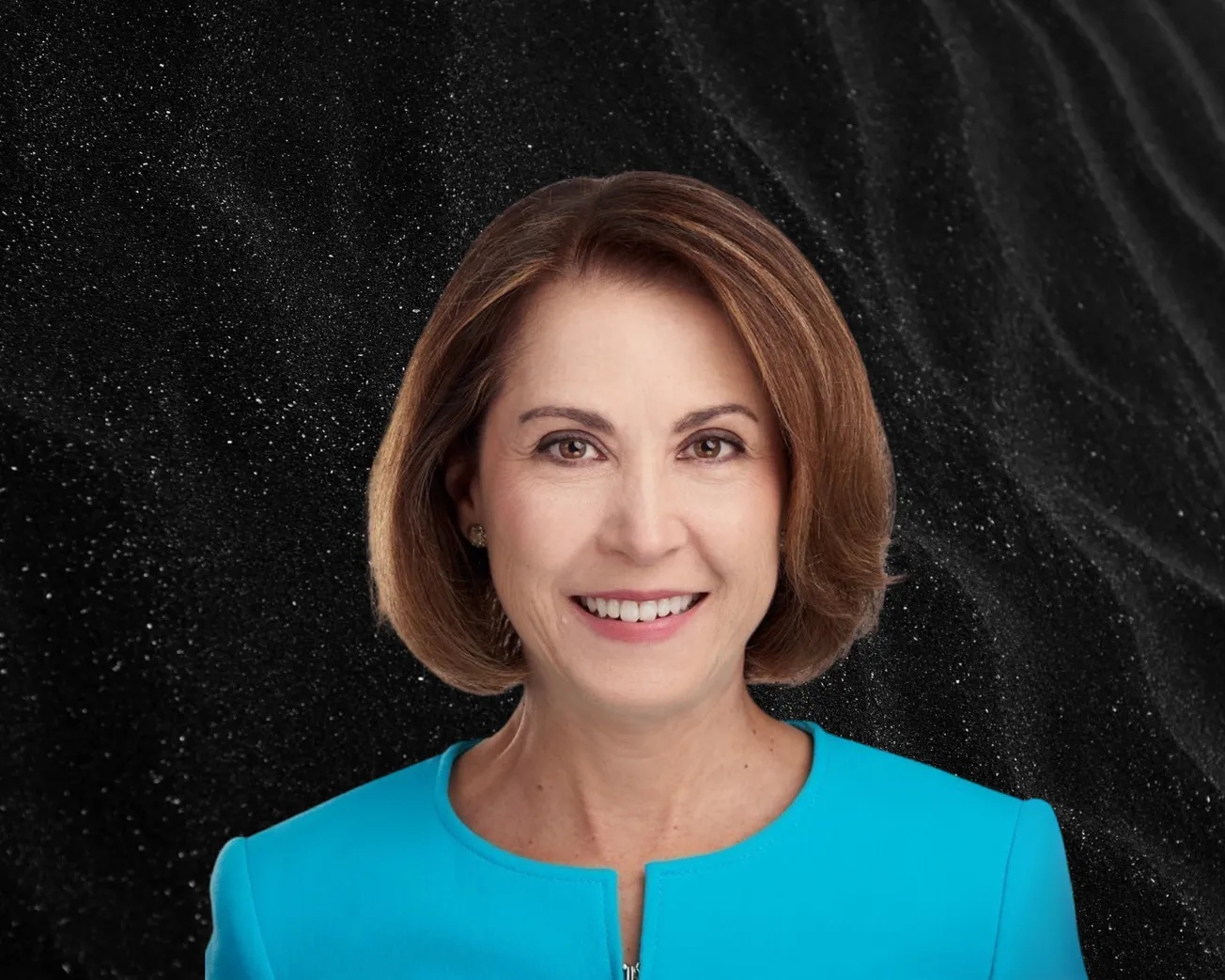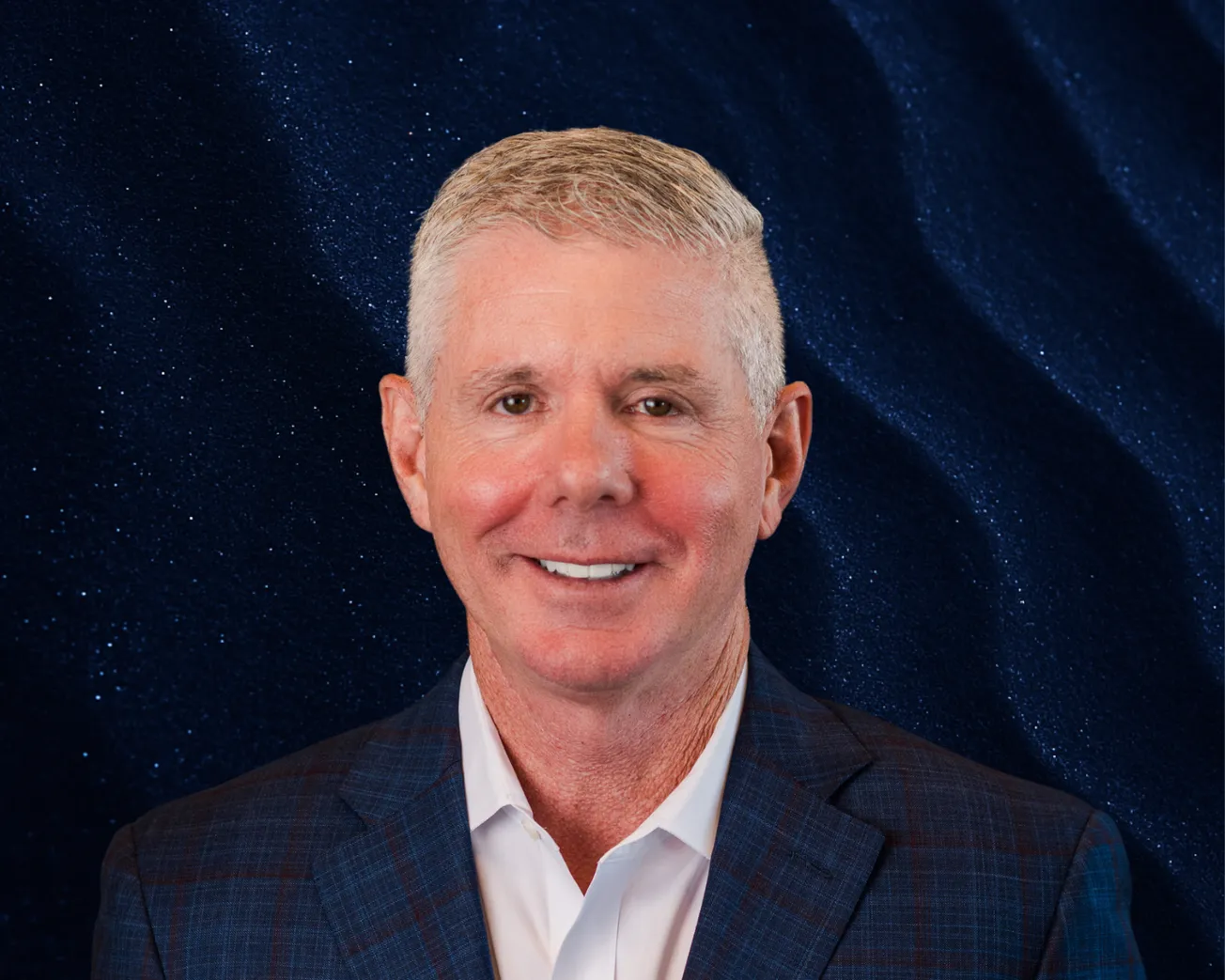Table of Contents
Gernot Ruppelt, CEO of Ardmore Shipping, sat down with Onyx for a feature-length interview.
Could you start by giving our readers a bit of background into your career journey before becoming CEO of Ardmore Shipping?
I took over as CEO of Ardmore Shipping a year ago, from our founder. That was part of a long planned, thought-through, and well-governed succession process which completed last summer.
I’d already been with the company for 11 years as part of the management team that had grown and developed the business over time. Until last year, I was Chief Commercial Officer, and I had built up the commercial platform that you see today with a great team alongside me. I also led the company’s commercial strategy throughout the last cycle.
My career has always been in the maritime space, spanning a quarter of a century, across five countries and three continents: Asia, Europe, and the US. Before Ardmore, I was in New York, working as a tanker broker for Poten & Partners. And, for the seven years prior, my career really started at Maersk - the Danish shipping conglomerate - where I was part of their management program and went through various global rotations.
Could you explain where we are in the current tanker market cycle, and how is Ardmore positioning itself?
We’re at a really interesting point of the cycle. The shipping business as such is cyclical and closely connected to events that happen in the world - including on the geopolitical stage. And there’s a lot going on at the moment.
On the supply side, we have the oldest product tanker fleet this century. By the end of this decade, about half of the global industry fleet is going to be at that point when they’d typically age-out and ultimately get demolished. At the same time, the demand side has been evolving greatly over the last decade and continues to grow.
Since I took over as CEO, key focus in terms of strategic activities has been on three key pillars: transactions, innovation, and culture.
On transactions: we’ve just announced that we’ve acquired three modern vessels in the second-hand market at an aggregate price of roughly $100 million. Those were purchased at extremely attractive prices, and they are also high-quality, fuel-efficient ships. We’re taking delivery of those as we speak. At the same time, we’re keeping leverage at very moderate levels. Our total leverage including those recent acquisitions is just under 20%. We also conducted a major refinancing of our debt in a $350 million revolving credit facility.
So we’re continuing to grow accretively, while maintaining a very robust balance sheet. Current freight earnings are roughly twice our cash breakeven, and our low breakeven makes us resilient across a wide range of economic scenarios.
At the same time, while we’re increasing earnings power, we’ve also found ways to increase earnings quality. We’ve taken some really interesting charter coverage at fixed rates - notably, a multi-year contract on one of our chemical tankers, and four short- to medium-term contracts on our product tankers.
So it’s really about balancing out our portfolio: growing the business while also locking in some very attractive multi-year returns.
On innovation: for us, this doesn’t just sit somewhere in the corner, locked into a department or functional area - it permeates everything we do. That could be upgrading hardware and machinery on our ships, improving fuel efficiency and thereby creating higher performance; but also integrating AI and machine learning into how we manage fuel consumption, execute our voyages, and all processes across the business.
And our culture is probably our secret sauce. It’s a key part of what we consider to be our competitive advantage, and it requires a lot of deliberate effort and attention to get right.
How have changes in global trading affected Ardmore, particularly post-pandemic and post-sanctions?
All these global shifts create a lot of reordering of commodity trades, and that, in itself, creates opportunities for us. We operate pretty much a spot trading model augmented by opportunistic fixed rate charters. Our ships trade through our in-house platform across the world, essentially following the money and also combining different successive cargos in profitable ways.
Going back to supply: apart from the general aging of the industry fleet, there is also the so-called shadow fleet’ which operates in opaque and sanctioned trades. That removes supply from mainstream, quality trades, which is where we operate.
On the demand side, you’ve got major dislocation of trade flows. Western refineries are closing while giant refineries in the East are serving Western consumer markets; and tankers are bridging that gap. If you compare the product tanker market today with what it was ten to fifteen years ago, it looks completely different.
Mobility remains the key driver for oil demand, whether for road fuels, aviation or marine fuels. That isn’t going away overnight; it continues to grow, but it’s evolving. Now, we have an increased need for biofuel feedstocks and different blending components to support the energy transition. That means the ability to efficiently and profitably carry more complex cargoes is becoming increasingly important.
We’ve built that capability over years. We carry mainstream, refined petroleum products, but also non-petroleum liquids - edible oils, soybean oil, feedstocks for biofuel production, industrial waste products; or high-purity chemicals. However, carrying these more complex cargos is a very different beast. You can’t just buy ships and get into that trade; you need very specific organizational know-how.
Are there regions, or industries, that are generating the most sustained demand?
Mobility needs continue to be very strong across the world. Alongside that, the need for sustainable mobility has really taken off. There are large commitments around sustainable aviation fuel, blended road fuel, and sustainable marine fuel. The International Maritime Organization - the UN’s governing body for shipping - is in the process of ratifying a very comprehensive carbon reduction framework.
So, mobility remains a constant; but now, it comes with an increasing opportunity to become more sustainable. For us, as a company, we’re really cross-trading in that overlap between traditional refined products and alternative fuels, blended fuels, and biofuel feedstocks. We can interchangeably leverage both markets; long term, that gives us an interesting strategic angle.
How do you define and measure success, when it comes to sustainability?
We don’t like to measure it in isolation. For us, the greatest opportunity is found when connecting economic performance and sustainability goals together, by integrating performance and progress, and finding ways to enable one alongside the other.
Fuel consumption is a great example. As a company, it’s our greatest cost. When we bring that down, our emissions are also reduced. It’s an obvious goal; twinning a lower carbon footprint and driving better business performance, at the same time.
Another example is diversity. It’s been mostly misunderstood. For us, it’s never been a box-ticking ESG exercise. It’s about creating a good company that people want to work for, and it’s also about driving performance. A more diverse team - when considering it from the perspective of gender, ethnicity, personality, professional background, and diversity of opinion - allows us better access to markets and better decision-making.
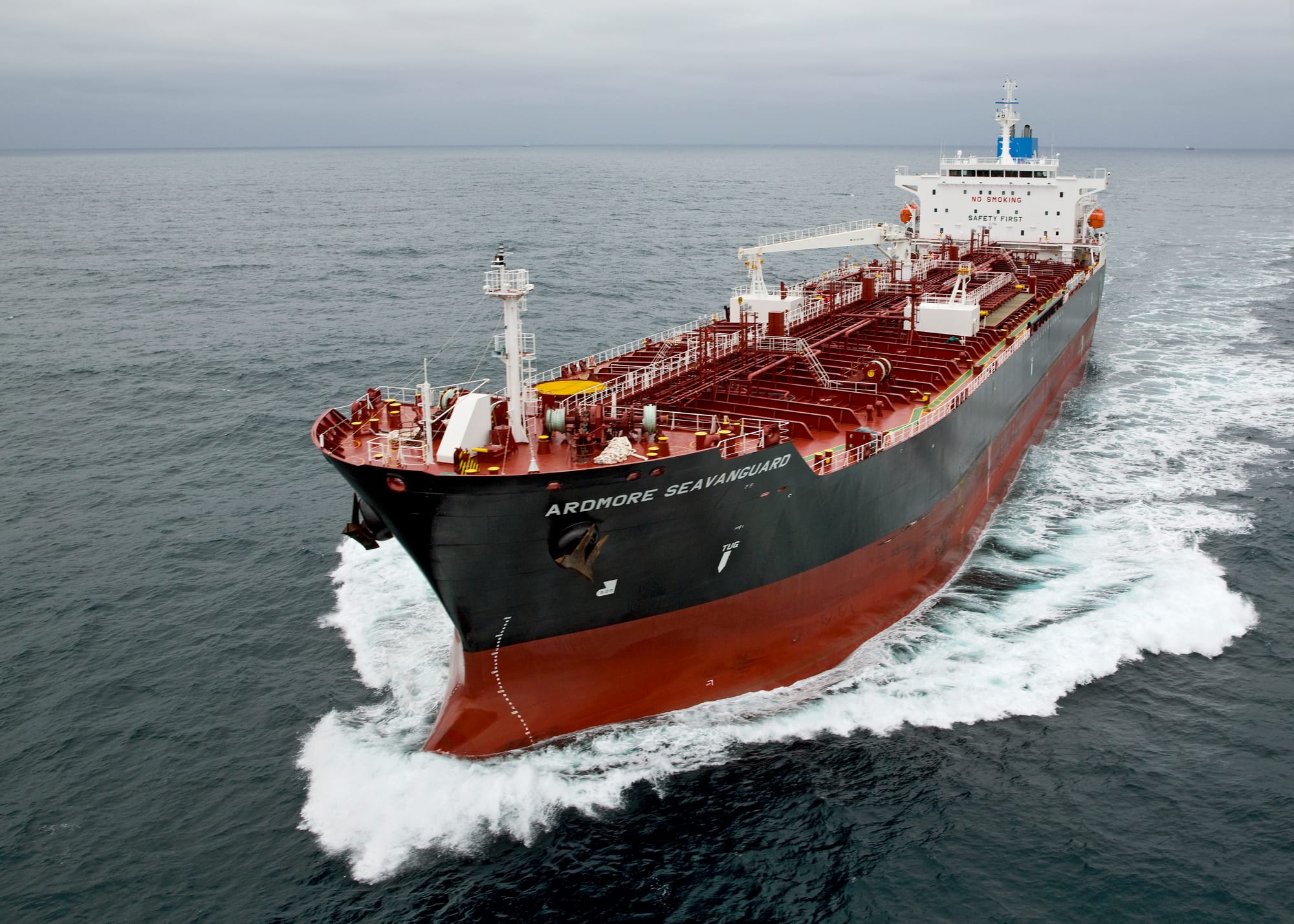
Have specific vessel upgrades or technologies delivered measurable gains?
It never ends! Just when you feel that you’re done squeezing every last bit of efficiency out of your ships, you find another way forward. Last year alone, we implemented 20 efficiency upgrades, and we probably screened 100 opportunities.
However, these things work in an ecosystem. It’s great to embrace a new engine loading technology or a hull coating, but if you don’t have the telemetry on board to measure the impact, across different sea states and speeds - and the ability to manage that in real time - it’s nowhere near as powerful.
The strongest real results come from marrying hardware, software, and the human element.
How do you see Ardmore evolving over the next decade?
If the past informs the present and helps predict the future, then it’s continuity paired with evolution.
Continuity across our values and what we stand for. Notably strong corporate governance; we’ve repeatedly been rated the number one tanker company on our industry’s governance scorecard.
In terms of strategy evolution; ten years ago, around the time I joined, our commercial approach looked very different. It’s evolved strongly since then, and it will continue to do so over the course of the next decade. That means seizing upon clever opportunities to grow through smart transactions; acquiring the right ships at the right prices; always pushing the envelope on fuel efficiency and technology... For us, it’s about doing things smarter and better today than we did yesterday. That marriage of continuity and evolution will continue to drive us forward.
What advice would you give an executive trying to make their mark in shipping?
There are three things that spring to mind.
The first would be to get really comfortable with constant, and rapid, altitude change. Everything that happens on the world stage - geopolitics, markets, weather… - immediately impacts freight markets and your operations. Sometimes, you’ve got to zoom out and really think about the big picture. At other times, you’ll need to come right down into the finest detail of your operation. You might find yourself doing that several times before your second coffee!
Secondly, when people think of ships, they think of heavy machinery. To some degree, that’s true, but that’s not what really drives the business. It’s the culture you build. Anybody can be a shipowner if they can raise the capital. But that’s not how you build value. It’s the organization you build around the ships that sets you apart.
And third: don’t ration your passion. Every now and then, you’ve got to take a step back and question why you’re doing something. What’s the purpose? Encourage your team to do the same. If you come out of that process thinking: “This is a good business, this is a good cause, this is me”, then give it all you’ve got!
Do you often get on the ships yourself?
I do, and I make a point of doing it. One of my highlights this year? Coming back from New York where we had an intense schedule in capital markets and hosted our annual investor day, I took the opportunity to connect with one of our ships during my layover in Amsterdam. I was able to spend a good five to six hours onboard before she sailed off on her next voyage.
I connected with our officers and crew, we shared a tasty meal, and we even got to play several rounds of table tennis. Trust me, they’re all annoyingly good. It was a great way to decompress after a hectic week, and to talk directly to the people who really drive our business! That’s what makes this industry so interesting. One moment, you’re in markets and numbers territory; the next, you’re out on our ships with the people making it all happen.
